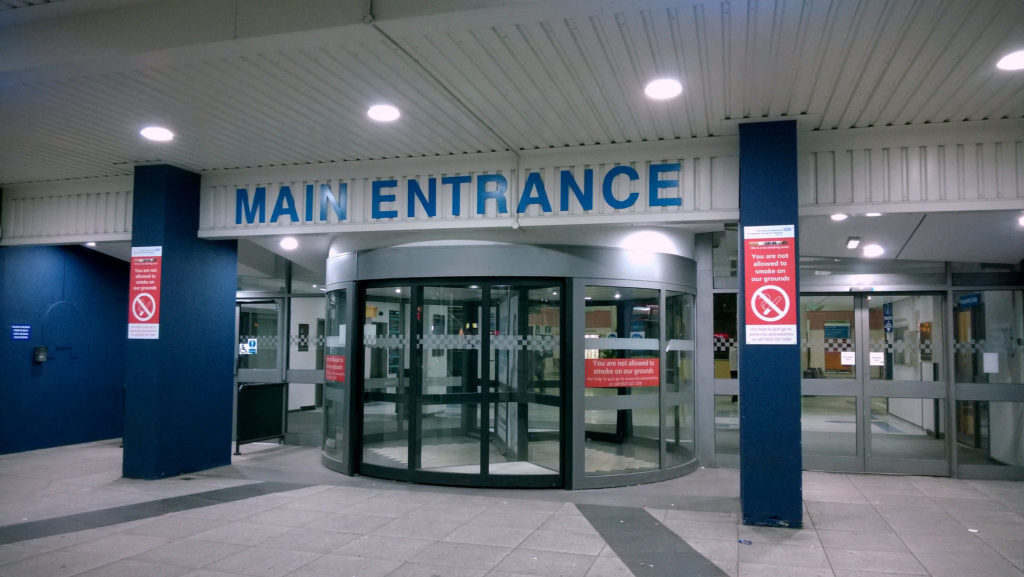Helping patients with chronic conditions after a hospital discharge is a mounting problem, which is why one North Carolina-based health system turned to home care and telehealth services to reduce readmissions and lower costs.
A recent study with FirstHealth of the Carolinas targeted patients who were ineligible for Medicare-certified home health services. The grant-funded initiative saved FirstHealth $1.9 million over the study period and reduced hospital readmissions 53% by utilizing telehealth and patient engagement software to care for 220 high-risk patients.
FirstHealth of the Carolinas is a nonprofit comprehensive health system comprised of five hospitals, primary and care clinics, dental centers, home health, hospice & palliative care, health and fitness centers, and a robust philanthropic foundation. To solve the problem of rising costs among chronic care patients, the health system developed its own Complex Care Management Model (CCM), beginning with a pilot with the health system’s own Medicare Advantage plan.
When the initiative first began, a small pool of high-risk patients under the Medicare Advantage plan were included in the pilot, which involves telehealth software by Health Recovery Solutions (HRS) to track patients, a home health visit within 48 hours of a hospital discharge, a clinical assessment and medication reconciliation. In 2015, FirstHealth added chronic care patients that weren’t Medicare certified with a grant from the Duke Endowment and administered by the North Carolina Quality Center.
As part of the initiative, one of FirstHealth’s nurses conducts assessment visits, and patients are outfitted with HRS’ telehealth software—including a tablet with the HRS platform—which allows patients to take their own vital signs and engage with education videos to better manage their conditions. The real-time data is sent to FirstHealth through the platform to identify interventions and to connect with patients to answer questions.
Getting seniors to use the technology hasn’t been a problem for FirstHealth.
“It makes the connection with the patient a lot more effective,” Patty Upham, director of care transitions at FirstHealth, told HHCN. “A lot of people think that because many of our patients are older, they are not as tech-savvy as the young generation, but we haven’t had any problem with that.”
Keeping track of patients on the program did come with a cost—about $700 per patient for a 60-day episode—that is not reimbursed by Medicare, according to Upham. However, compared to a hospital admission that can run between $8,000 and $9,000, the savings added up. And the results from September 2015 to May 2016 were compelling.
“We looked at—for all the patients we managed—the data six months prior to the Complex Care intervention and six months after,” Upham said. “In terms of cost to the payer, it was almost $2 million [in savings] to the payer.”
For home health agencies that are affiliated or based within health systems, the monitoring technology is an easy sell.
“When you reduce readmissions, that’s the biggest cost savings, and the hospital is patting them on the back,” Jarrett Bauer, CEO of HRS, told Home Health Care News.
Beyond telehealth monitoring, engaging patients to take part in their own care is contributing to better outcomes, Upham said.
“We are always looking at technology to more efficiently engage with patients,” Upham said. “We strongly believe in the video education. They engage the patients, it talks more about their illness and it’s a really effective way to teach patients.”
Written by Amy Baxter
Companies featured in this article:
FirstHealth of the Carolinas, Health Recovery Solutions, HRS




